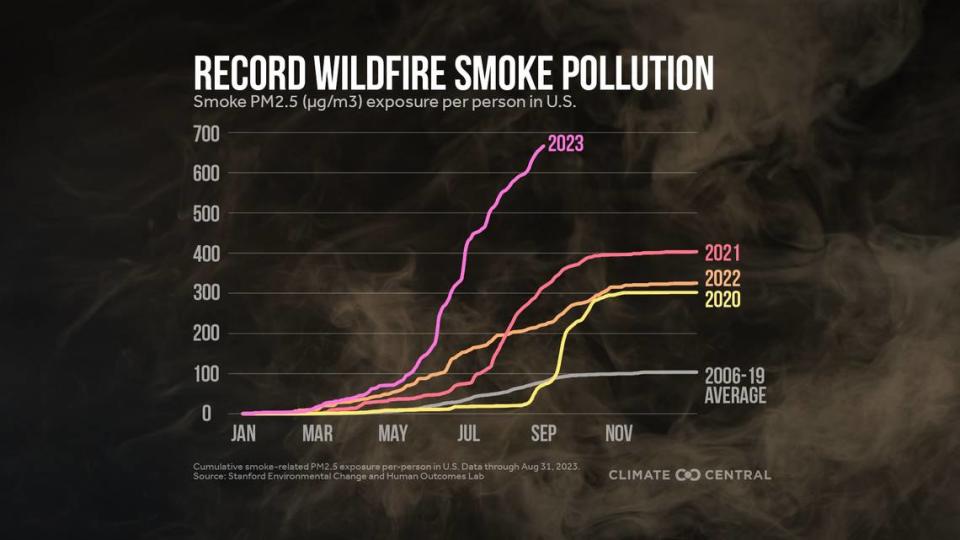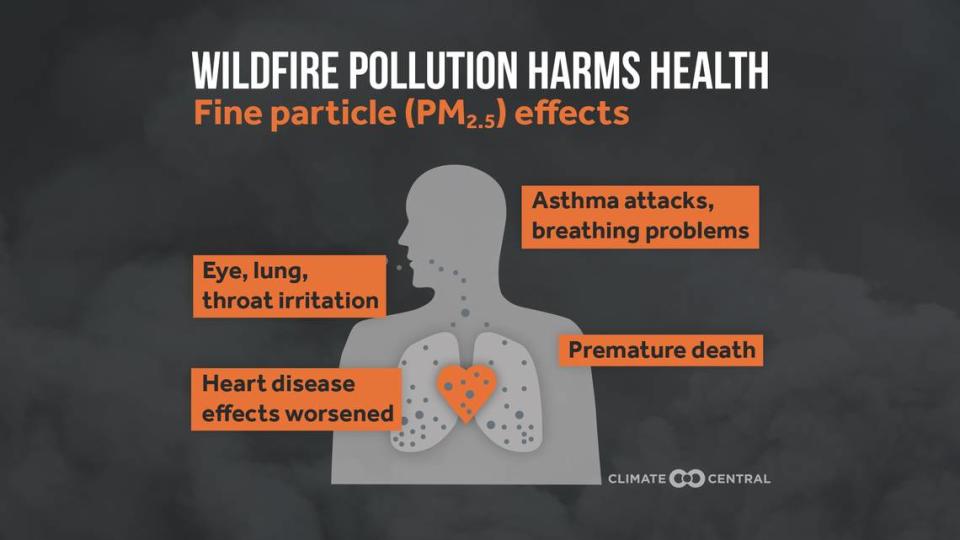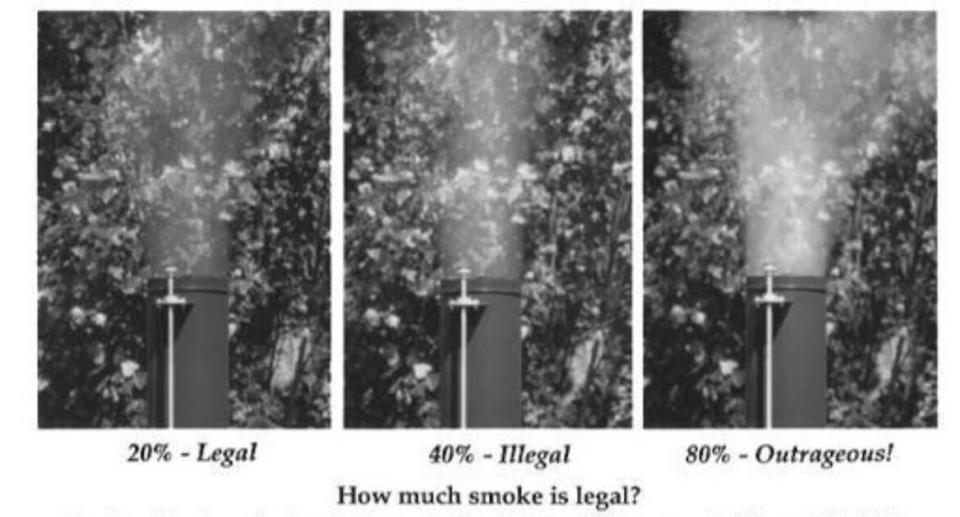Home fireplaces can be as unhealthy as wildfires. How to report thick smoke in Tri-Cities
The 2023 wildfire season has been one for the history books in the United States, particularly in Washington state. It’s been so bad that a new study from Climate Central, a nonprofit that reports on climate issues, found that the average United States citizen has breathed in more harmful wildfire smoke this year than in any year since 2006.
Washington state went backwards in terms of advances over the last two decades in air quality improvement, as did Oregon and California.
Wildfires from around the Evergreen State and British Columbia, Canada, choked Washington in a thick haze earlier this summer, and fires continue to burn around the state, including in Mount Baker National Forest and Olympic National Park. At one point, the wildfires in the Pacific Northwest were so intense that a smoky haze was pushed by winds all the way to the Midwest.

What makes wildfire smoke harmful?
Something called fine particulate matter exists within wildfire smoke; the smoke that can be spotted in the air is classified as PM 2.5. This type of particular matter is about 2.5 micrometers in size — less than 5% the width of a human hair — and is only visible when clumped, such as in wildfire smoke.
A study published by the governmental website AirNow discovered that wildfires contribute 15 to 30% of atmospheric primary fine particulate matter emissions in the United States.
When PM 2.5 is inhaled, the tiny particles can make their way into the bloodstream and lungs, causing effects from minor irritation to cardiovascular and respiratory illnesses. A recent study from Stanford researchers also found that inhaling wildfire smoke corresponds to lower test scores for students aged 8-14.

But it’s not just wildfires that produce PM 2.5. Wood-burning fireplaces act as a mini-wildfire, and the resulting smoke can pose the same health risks as a wildfire.
Nothing is stopping Washington state residents from enjoying a warm wood-burning fire in their homes, but there are limits to how thick chimney smoke can be.
Here’s what to know about Washington’s chimney laws and when and how you can report someone for burning smoke too thickly from their chimney.
Chimney smoke guidelines in WA
As more research is done and more is discovered about air quality and its importance, updated regulations have emerged. Washington state law specifies how opaque chimney smoke can be, and that violating these guidelines can lead to fines.
According to the Washington Administrative Code, you cannot cause smoke from any “solid fuel burning device” with an average of 20% opacity for six consecutive minutes in an hour.

On top of air quality fines, you could also face nuisance claims.
“It is always illegal to smoke out your neighbor,” says the Puget Sound Clean Air Agency website. “Everyone has a right to breathe clean air. If smoke from your fire affects your neighbors, it is considered a nuisance and subject to law enforcement action.”
If you’re burning a wood fire, there are certain steps you can take to ensure the least impact on air quality. These include:
Consider incorporating the use of manufactured logs into your routine (up to 70% cleaner)
Use only dry, seasoned cordwood with less than 20% moisture
Burn small, hot fires with small kindling to start and plenty of air
Check fires periodically for smoke impacts
Make sure you are following the state’s guidelines on wood burning stoves
How to report neighbor’s smoke
If you observe excessive chimney smoke, report it to your local clean air agency. Start by taking a photograph of the chimney smoke.
If you live in Benton County, report concerns to the Benton Clean Air Agency by calling 509-783-1304, extension 1, or by emailing contact@bentoncleanair.org. Include your name, address and phone number with the complaint summary and information about where the issue occurs and who lives there.
If you live in Franklin County, report concerns to the Washington Department of Ecology Eastern Region by calling 509-329-3400, filling out an online report here, or emailing eroertscoordinator@ecy.wa.gov.

